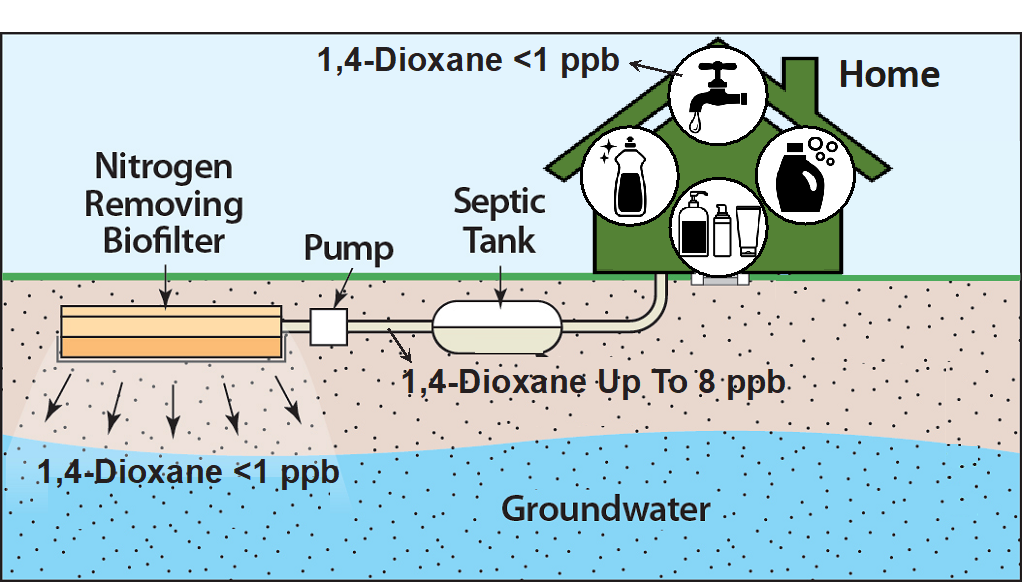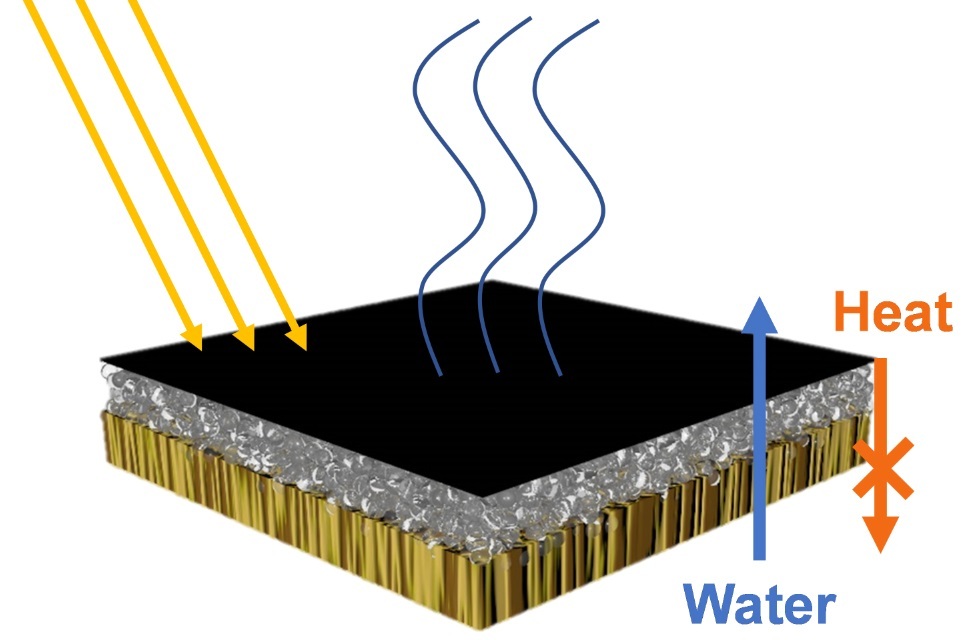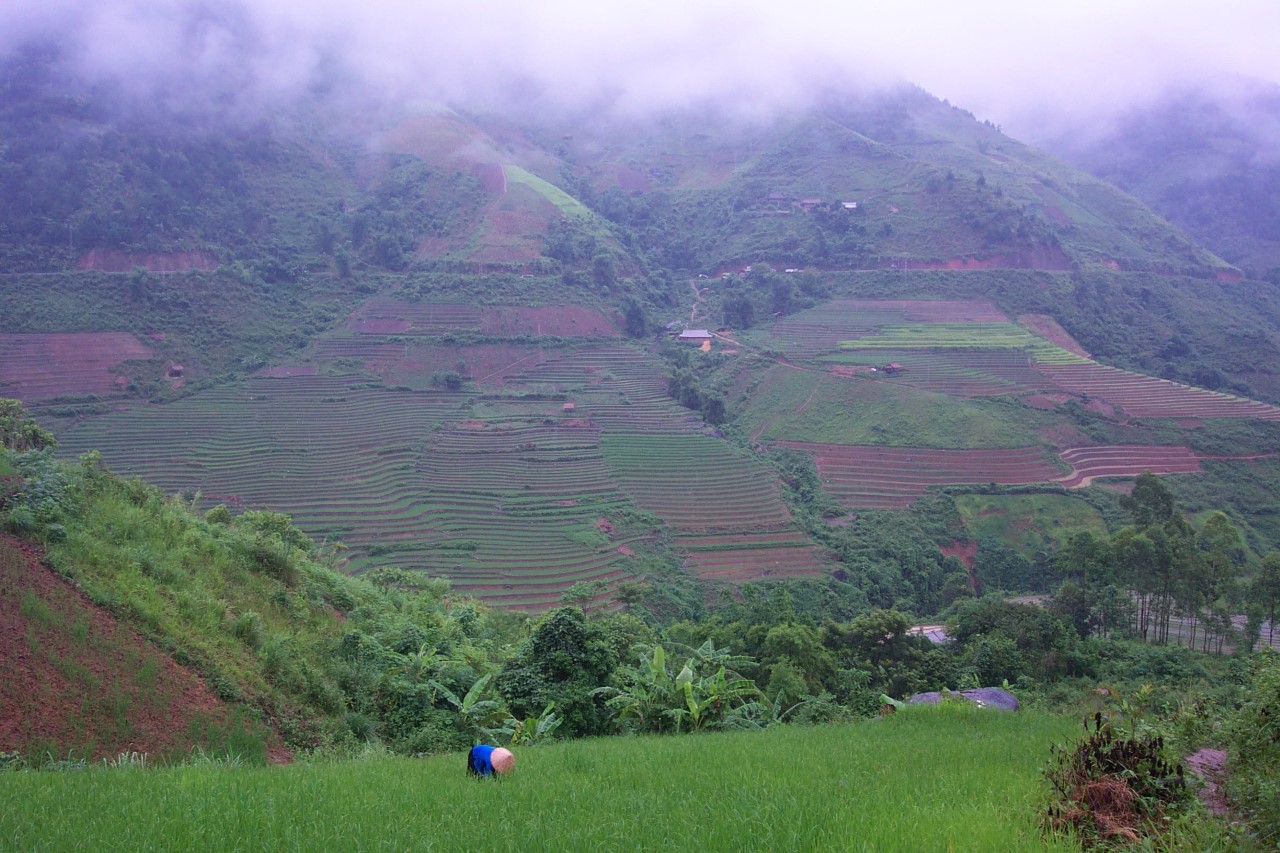American Thoracic Society Environmental Health Policy Committee Chair Alison Lee, MD, strongly opposes proposed FY25 cuts that would jeopardize the health of all Americans: “Clean air, clean water and a healthy environment are essential to the health of all Americans. That is why I am calling on Congress to scrap the current FY25 Interior and Environment Appropriations bill and start over.
Tag: Clean Water
MSU works to make drinking water safer by fighting contaminants
MSU has been awarded a $2.1 million grant from the U.S. Environmental Protection Agency, or EPA, to better understand the amount of pathogens, such as Legionella, and disinfection byproducts in drinking water distribution systems and to assess associated health risks.

Study findings prompt Maryland governor to take action to improve Chesapeake Bay cleanup efforts
For more than 40 years, there has been an effort to reduce nutrient loads to improve water quality in the Chesapeake Bay. The Chesapeake Bay’s Scientific and Technical Advisory Committee released a report on its three-year investigation into this effort. The results suggest that significant adjustments are needed to the existing programs as well as public expectations to improve its health.
Don’t wait, desalinate: new water purification system cuts cost, energy expenses
A water purification system created by researchers at the Beckman Institute for Advanced Science and Technology separates salt and unnecessary particles with an electrified version of dialysis. Successfully applied to wastewater, the method saves money and saps 90% less energy than its counterparts.
Water for the World: University of Rhode Island researchers available for interview
Access to safe water, proper sanitation and hygiene are essential for human survival. As the United Nations convenes its first major conference on water quality since 1977, researchers at the University of Rhode Island are seeking better ways to provide potable water and stop pollution from contaminating water supplies.
Scientists Recover Collapsed Clam Population and Water Quality in Shinnecock Bay
Today scientists from Stony Brook University’s School of Marine and Atmospheric Sciences (SoMAS) announced the culmination of a decade of science in a paper published in Frontiers in Marine Science, an international peer-reviewed journal, which describes a novel restoration approach used in Shinnecock Bay that has led to a 1,700 percent increase in the landings and densities of hard clams in that estuary, along with the expansion of seagrass meadows and the end of harmful brown tides – a result that brings the Shinnecock Bay back to its 20th Century glory for shellfishing and the result may serve as a shining example of a process to restore other estuaries around the country and world.
UN’s Sustainable Development Goals (SDGs) have impact on textile wastewater pollution research
The world’s research effort into wastewater pollution caused by the textiles industry has increased threefold over the past five years, according to a new analysis released this week in the lead up to Earth Day (Friday 22 April).
Another threat from the climate crisis: Violent conflicts, including genocide, will worsen as countries compete for dwindling resources
Throughout all of human history, natural resources have been a flashpoint for conflict. As worsening climate change puts those resources at increasing risk through the rise in sea levels, more frequent flooding and the loss of arable land and clean…
Synthetic Tree Enhances Solar Steam Generation for Harvesting Drinking Water
Solar steam generation has emerged as a promising renewable energy technology for water harvesting, desalination, and purification that could benefit people who need it most in remote communities, disaster-relief areas, and developing nations. In Applied Physics Letters, researchers inspired by mangrove trees thriving along coastlines developed a synthetic tree to enhance SSG, replacing capillary action with transpiration, the process of water movement through a plant and its evaporation from leaves, stems, and flowers.

Clean Water Technology Center Reveals New Approach to Removing Toxins in Wastewater
The New York State Center for Clean Water Technology (CCWT) at Stony Brook University has made a series of critical discoveries regarding a new approach to protecting Long Island’s drinking water, groundwater, and surface waters. Some of the discoveries involve 1,4-dioxane.

Researchers measure, model desalination membranes to maximize flow, clean more water
A team of researchers — including engineers from Iowa State University — have used transmission electron microscopy and 3D computational modeling to quantify and visualize why some desalination membranes work better than others.

New Way of Analyzing Soil Organic Matter Will Help Predict Climate Change, Baylor University Researcher Says
A new way of analyzing the chemical composition of soil organic matter will help scientists predict how soils store carbon — and how soil carbon may affect climate in the future, says a Baylor University researcher.

Purifying water with the help of wood, bacteria and the sun
Researchers reporting in Nano Letters have developed a wood-based steam generator that, with the help of bacterial-produced nanomaterials, harnesses solar energy to purify water.

How to Tackle Climate Change, Food Security and Land Degradation
How can some of world’s biggest problems – climate change, food security and land degradation – be tackled simultaneously? Some lesser-known options, such as integrated water management and increasing the organic content of soil, have fewer trade-offs than many well-known options, such as planting trees, according to a Rutgers-led study in the journal Global Change Biology.